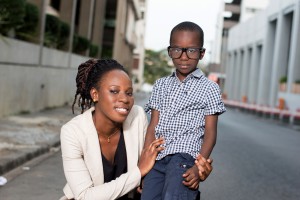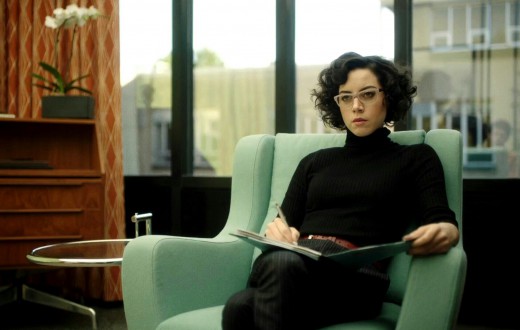Working with children on set can be both incredibly rewarding, and incredibly difficult. With so many people involved in the production, it’s important that actors are able to build trust and rapport with the kids they’re working with.
There are three key strategies for actors to ensure their interactions with the kids on set are positive: how to create a safe space for the children, build a positive connection between actor and child and develop trust through consistency.
How to Create a Safe Space for the Children
Creating a safe space for children is an important task that parents / guardians, educators (if being schooled on set), actors and other production personnel must work together towards achieving. It’s important to know that the safety of a child isn’t something that can be accomplished overnight – it requires the right kind of support and an understanding of the needs and feelings of children.
You should be aware of any potential dangers or risks around your environment. Proper pre-production meetings should take place where safety protocols are discussed, such as controlling access to the set, monitoring any contact between cast and crew members who are interacting with minors and making sure all parties understand their roles in keeping everyone safe. Any instances of inappropriate behavior must also be reported immediately so proper action can be taken by production staff.
Actors should meet with the parents to discuss any potential concerns and meet the children beforehand to start establishing rapport (more on this below). Parents should also take the time to educate their children about risky situations and what steps they should take if faced with them.
While we would all love to think that being on set is safe, sometimes that’s just not the case (i.e. Harvey Weinstein). The union SAG-AFTRA even has a team dedicated to safety issues and sends a representative to set, when minors are involved, to make sure the young actors are being treated fairly.
Even as an adult actor, you may not feel qualified to “babysit” a child actor. Therefore, you should make sure that the parent or guardian – whoever the child comes to set with and goes home with – is close by at all times. The last thing you want is for a child to feel scared or insecure. Please note I specifically mentioned the person you want nearby is someone the child is familiar with – not a Production Assistant or another crew member, as they themselves may not feel qualified to watch them.
(Also, productions may not even do background checks on people who interact with the children, so that’s another reason to consider caution.)
Build a Positive Connection Between Actor and Child
Building a positive connection between actors and children is an important part of any production process. It can be a challenge to create positive relationships when working with kids, but it’s essential for the success of any performance. Establishing trust and understanding between adults and children is key for creating meaningful content on stage or screen.
Start by spending time talking with the child about their interests and hobbies. It’s also important to make sure that you’re honest, friendly and patient when communicating with them. Encouraging constructive criticism from both sides allows the child actor to feel comfortable voicing their opinion without feeling judged or criticized. When giving feedback on their behavior or performance, focus on what they could have done differently in order to achieve their goal instead of blaming their failure or creating negative associations.
Develop Trust Through Consistency
Trust is an essential part of any successful relationship, and this is especially true when it comes to working with child actors. Establishing trust on set can help ensure that everyone involved in the project can work together effectively. One key factor in developing trust is consistency.
Consistency helps create a sense of safety and security for everyone on set which makes it easier for child actors to feel comfortable enough to put their best performance forward and possibly take risks that they wouldn’t otherwise feel comfortable doing. Directors should strive to provide clear direction from the start by setting expectations for all members of the cast; this way, both adults and children understand what is expected from them. Showing respect will also go a long way in building relationships based on mutual trust. Although every role will require different approaches, having a framework of consistent standard practices makes everyone more comfortable with taking chances within their work.
 Working with child actors requires a high level of patience and understanding. Consider the age and maturity of the young performers, keep their safety in mind and make sure they’re having fun while learning their lines. Be patient when it comes to their attention spans and allow them time to be creative on set. When guiding child actors, focus on clear communication, positive reinforcement and respect for their ideas.
Working with child actors requires a high level of patience and understanding. Consider the age and maturity of the young performers, keep their safety in mind and make sure they’re having fun while learning their lines. Be patient when it comes to their attention spans and allow them time to be creative on set. When guiding child actors, focus on clear communication, positive reinforcement and respect for their ideas.
PRO-TIP: When my children were toddlers on set, whenever the Director or Production Assistant wanted to speak with them, he/she would squat as to be closer to their height. Being on the child’s level helps create a safe space.







